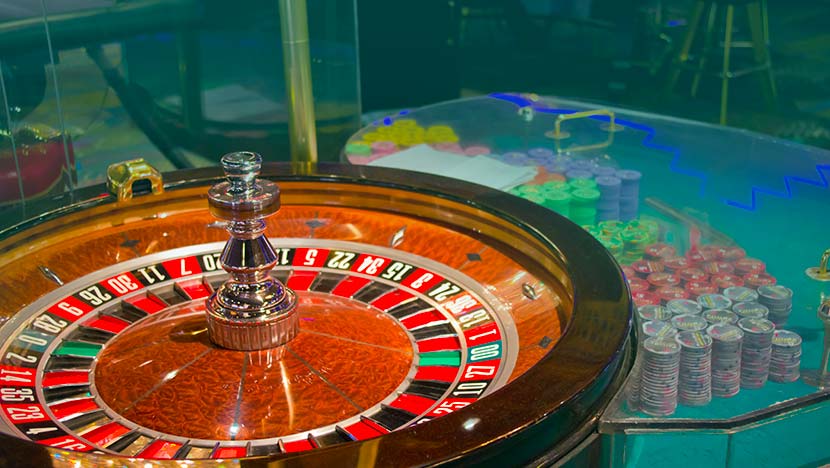


The Dozen Grid is a roulette strategy developed by the German engineer Wilhelm Ernst. He claims to have been going to the casino regularly for many years and to have never lost with his developed playing method. It should hardly come as a surprise that he offers it for sale on the Internet as a roulette strategy book.
The engineer follows the assumption that certain groups of numbers are preferred over a certain period of time and describes how you can find out which ones are currently..,
The Roulette Strategy Guide by Ernst can be purchased on the Internet for €175 and explains how the dozen grid system works. Included is a grid template with 9 columns, in which you enter the fallen winning numbers. This makes it easy for you to see a pattern and deduce from which dozen or column the next winning number will come from.
Wilhelm Ernst assumes that in 6 rounds of play it is extremely unlikely that exactly 2 numbers will fall from each of the 3 groups of twelve. It is more likely that a dozen or a column will be played 3 or even 4 times. The grid should help you determine the 12 currently preferred numbers to bet on.
Theoretically, the dozen grid roulette strategy is quite sound. After all, before each throw, the chance of winning is the same for each dozen again. Only over many thousand game rounds the hits for all number groups equalize. So it may be that there are indeed temporary tendencies towards a certain group of numbers. How these are computationally determined remains his secret.
This roulette strategy is named after the Italian mathematician Leonardo Fibonacci and his infinite sequence of numbers , the Fibonacci sequence. The Reverse Fibonacci strategy for roulette is a positive betting progression where the next bet is always calculated from the two previous bets.
Start with a series of numbers in the Fibonacci sequence, for example 1-1-2-3-5-8-13-21, and write them down on a piece of paper.
The 1 means one bet, the 2 means two bets and so on.
Whenever you win, you move to the next number, when you lose, you go back 2 numbers.
Instructions and example:
Basically, the Reverse Fibonacci strategy works similarly to the Parlay system in that you increase your bet when you win and reduce it when you lose. However, the number sequence here is strictly predetermined and the progression is relatively flat, which means that your risk of losing big is relatively low.
While in the regular Fibonacci strategy you always move one number further to the right after a loss, in the reverse variant you have to do this when you win. This way, you not only minimize your risk of loss, but you can also win significantly more than just a base bet, as in standard Fibonacci. You will lose a game round only if you lose the very first bet.
For example, if you choose €1 as your stake, you will bet it on a Simple Chance on the first spin. If you win, you simply have to follow the number line and move one number further to the right, so bet first 1, then 2, then 3 € and so on.
If you lose, you fall back 2 numbers, so for example from 5 to 2 and then to the first 1. If you arrive at the end of the number line, you have made a profit. If you land at the beginning of the row, you are left with no profit, but also with no loss,